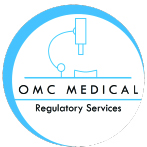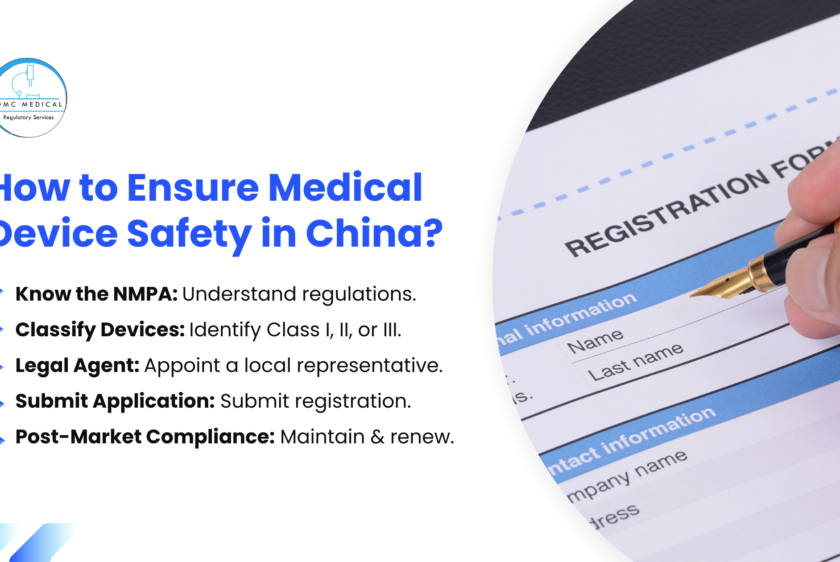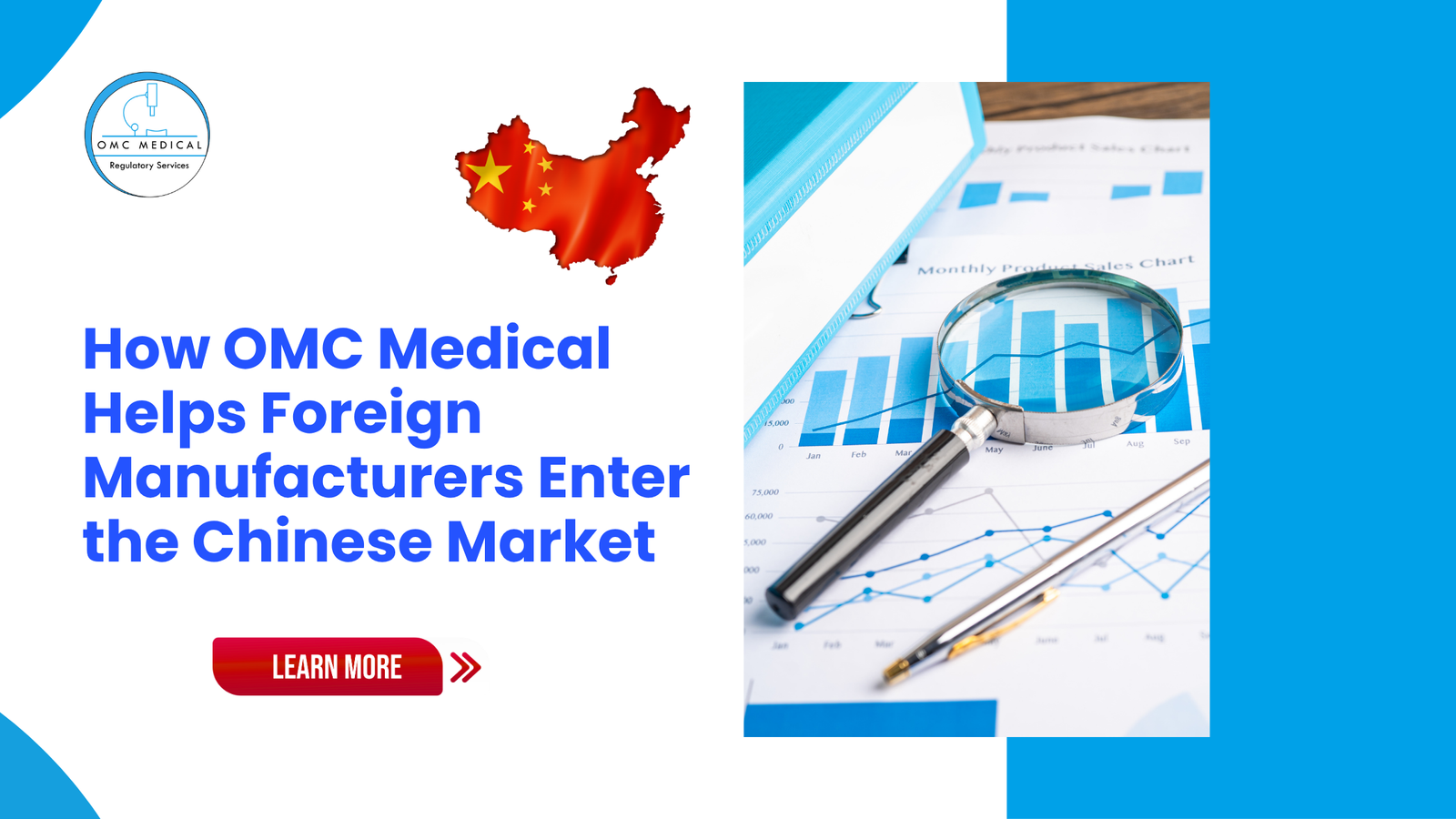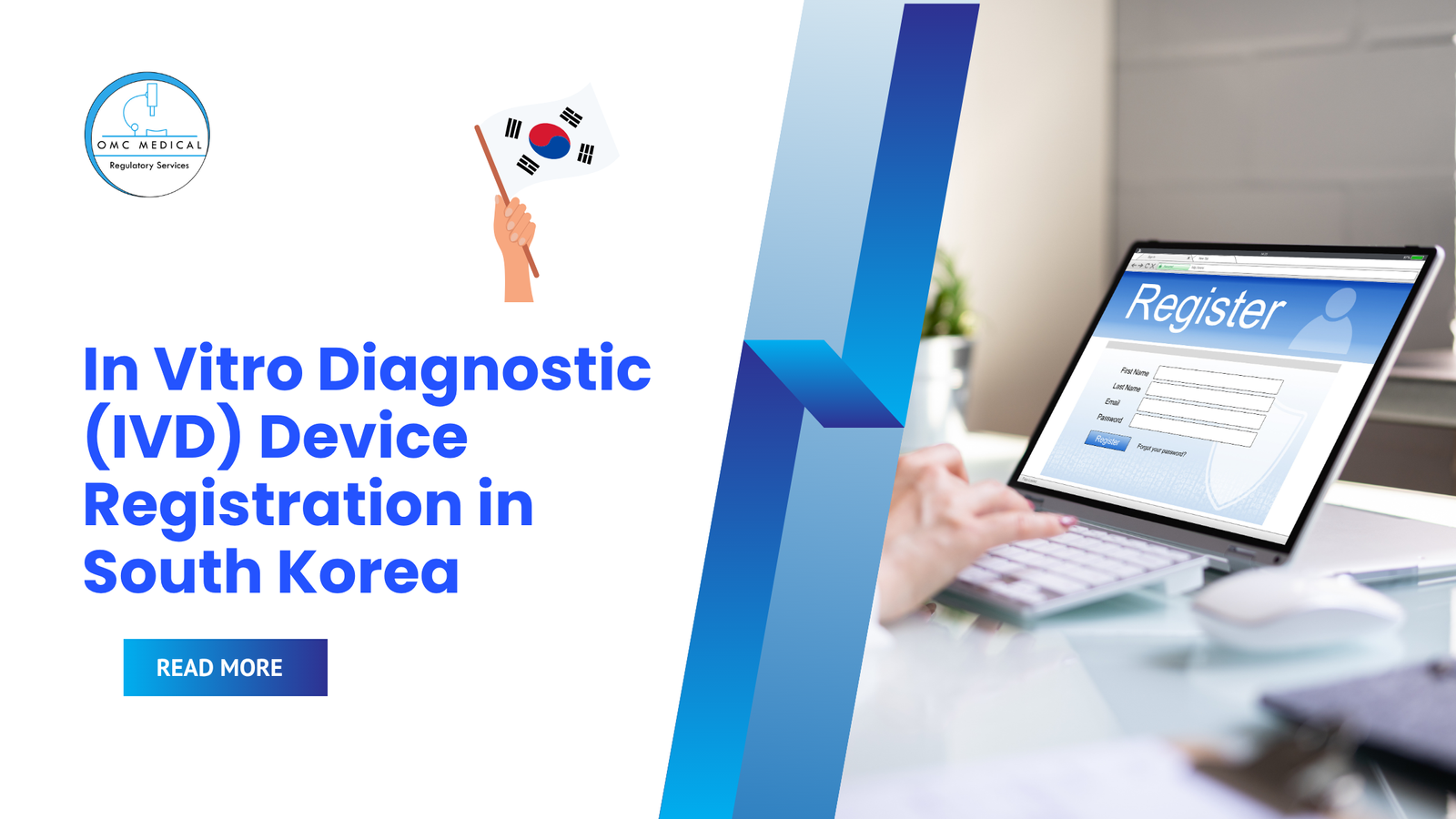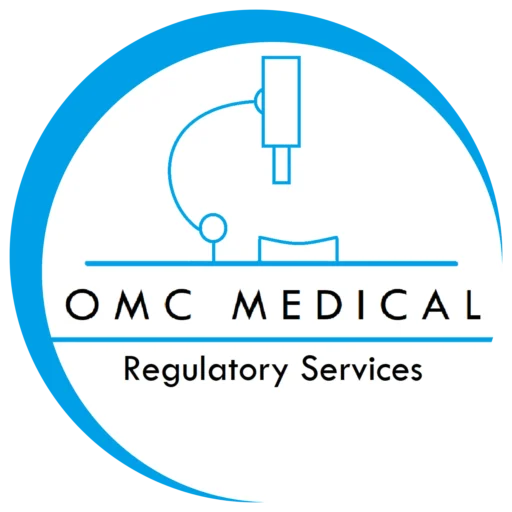China’s medical device market is one of the largest and fastest-growing in the world. However, ensuring compliance with the country’s strict quality control standards is essential for manufacturers seeking market approval. This guide provides an in-depth look into China’s medical device quality control requirements and offers tips on maintaining high standards to ensure product safety and regulatory approval.
Let’s begin,
Understanding China’s Regulatory Framework
The National Medical Products Administration (NMPA) oversees medical device regulations in China. Key regulations governing quality control include:
- Regulations on the Supervision and Administration of Medical Devices (RSAMD) – Establishes the overall regulatory framework.
- Medical Device Good Manufacturing Practices (GMP) – Defines quality management requirements for manufacturing.
- Medical Device Classification Catalogue – Categorizes devices into Class I, II, or III based on risk level.
- Medical Device Registration and Filing Measures – Outlines approval processes for different device classes.
Key Quality Control Standards for Medical Devices in China
1. Updated GMP Requirements
The last major overhaul of China’s GMP occurred in 2014. On January 15, 2025, NMPA published a new draft of the Medical Device Manufacturing Quality Management Standards, aligning more closely with internationally recognized ISO 13485. Key updates include:
- Expansion from 82 to 131 provisions to enhance compliance clarity.
- Risk-based GMP principles, incorporating nearly a decade of regulatory experience.
- More precise definitions to improve practical implementation.
- Strengthened requirements for quality, risk management, and compliance across all lifecycle stages.
- Increased focus on post-market surveillance, personnel training, and production control.
2. Compliance with China’s Good Manufacturing Practices (GMP)
Medical device manufacturers must adhere to GMP standards, which cover the entire production lifecycle, including:
- Design and development
- Raw material procurement
- Production and process controls
- Packaging and labelling
- Storage and distribution
3. Product Testing and Inspection
Before approval, medical devices must undergo extensive testing in NMPA-designated testing laboratories to verify compliance with China’s Mandatory National Standards (GB standards) and Industry Standards (YY standards). Key testing areas include:
- Biocompatibility
- Electrical safety (for electronic devices)
- Sterilization validation
- Performance evaluation
4. Implementation of a Robust Quality Management System (QMS)
Manufacturers must establish a Quality Management System (QMS) compliant with China’s Medical Device GMP and ISO 13485 standards. Essential QMS elements include:
- Document control and record-keeping
- Supplier and raw material management
- Production process validation
- Risk management as per ISO 14971
- Corrective and preventive actions (CAPA)
5. Post-Market Surveillance (PMS) and Adverse Event Reporting
Once a medical device is on the market, manufacturers must actively monitor its performance and report any safety concerns. China’s PMS requirements include:
- Regular product quality self-inspections
- Adverse event reporting via the National Adverse Event Monitoring System
- Compliance with recall procedures if safety issues arise
6. Maintaining Compliance with Evolving Regulations
China frequently updates its medical device regulations. To ensure continued compliance:
- Stay updated with NMPA announcements and policy changes.
- Engage with local regulatory experts or consultants.
- Participate in industry forums and discussions on regulatory trends.
7. Documentation management
- Documentation System: A comprehensive documentation system must support all aspects of production and quality management.
- Record Retention: Records must be retained for specified durations, ensuring traceability and compliance.
Tips for Ensuring High Standards and Smooth Approval
✓ Conduct Thorough Pre-Market Testing
Ensure all devices undergo rigorous internal testing before submitting applications to NMPA. This minimizes delays and rejections.
✓ Partner with Experienced Local Agents
Foreign manufacturers must appoint a China Legal Agent to handle regulatory submissions and communication with NMPA.
✓ Implement Strong Supplier Controls
Raw material quality directly affects product safety. Regular audits of suppliers and material testing help maintain high standards.
✓ Prepare Comprehensive Technical Documentation
Medical device registration requires detailed documentation, including:
- Risk analysis reports
- Clinical evaluation materials
- Manufacturing process validation
- Train Employees on Regulatory Compliance
Regular training ensures that all staff members understand and adhere to China’s regulatory requirements.
Conclusion
Ensuring medical device safety in China requires strict adherence to quality control standards and effective post-market surveillance. By following GMP guidelines and maintaining a robust Quality Management System, manufacturers can achieve compliance and access China’s vast healthcare market.
OMC Medical is here to support you with Medical Device Registration, Quality Assurance, and Post-Market Vigilance. Our expert team can help you navigate NMPA requirements smoothly.
Contact us today for a free consultation and let us assist you in ensuring ongoing regulatory adherence!
